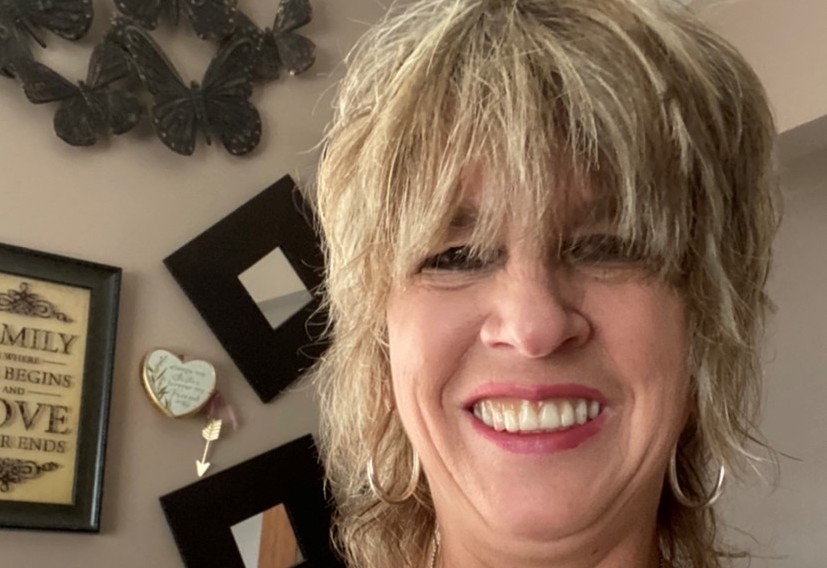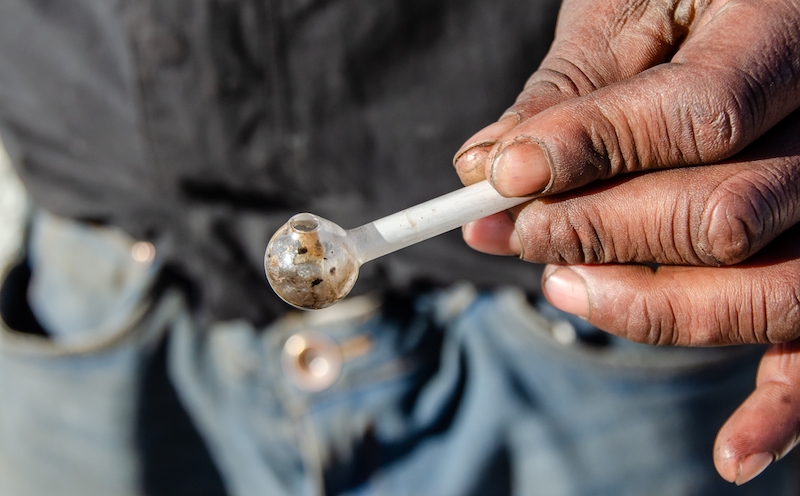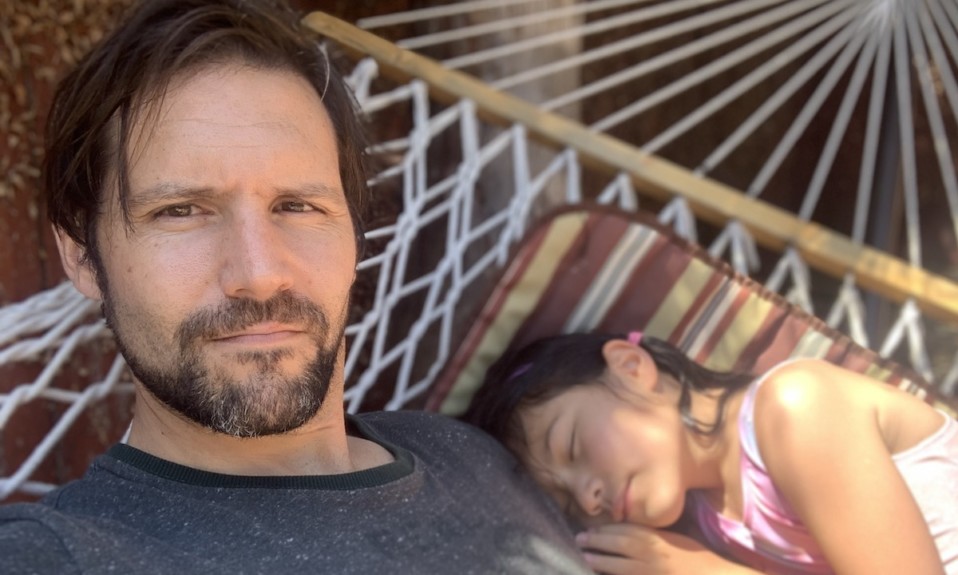In this second part of Kevin’s story, he comes to terms with his own addiction and grasps the bigger picture
Read part one of Kevin’s story here.
I had entered into rehab with the belief that alcohol addiction (alcoholism) was the reason I ended up in the facility. However, during my first week in inpatient, I learned there was a better chance that another drug had caused my withdrawal symptoms and drove me into rehab: benzodiazepines (tranquilizers).
So, I found a counselor and told them something I hadn’t reported before. That I had been on and off tranquilizers for half a year, which I now believed caused my racing heart, uncontrollable shakes, and my nearly fatal seizure. He looked me dead in the eyes and told me it didn’t matter. I was still an alcoholic.
I was dumbstruck, because alcohol had not caused my physiological symptoms, and when I used it to try and cure them, it never truly worked. Sure, I had drunk a lot, too much in fact. But now I was being told it was at the core of this physiological disease. And if this disease was centered on my physiological reaction to a drug, then it must mean it was the pills and not the booze.
I was ready to take on the mantle of the addict, but how could I be an alcoholic if it hadn’t caused my symptoms? I looked at him and asked, “what do you mean I’m still an alcoholic?!”
What Is Addiction (Or Really, Why Did I have a Seizure)?
He responded, “Have you ever done heroin?” I said, “No.” “Well,” he said, “you’re addicted to heroin, even if you haven’t used it before. You’re an addict, and that means you’re addicted to everything and anything. It’s just who you are.” I was in shock and disbelief. They had mentioned the idea of cross-addiction before, but I hadn’t paid too much attention to it.
The first night I spent at home after leaving inpatient, I had a nightmare. In the dream, I am walking around a party with a Pepsi in hand, with no intention of drinking alcohol. Then I look down and see that it’s actually a beer I have been drinking.
Cross-addiction meant that if you became addicted to one drug, it meant you were addicted to all drugs (an idea which was disproven a little after the timing of this event). Which, if you think about it makes…absolutely no sense. If I fell in love with something that slowed me down (tranquilizers, alcohol) how could I automatically also be addicted to something that killed my pain (opioids), or to something that sped me up (cocaine)?
So, I then asked him the one question I was really there to have answered. “If I drink again, will I have a seizure?” His response (and the subsequent responses from other counselors) was a string of nonsense slogans: “Once an alcoholic, always an alcoholic,” “One is too many and a thousand is never enough,” “You pick up right where you left off.” Did they mean yes? Maybe? Probably? Possibly? Maybe even no? I had no idea.
I made it through the program, transitioning from inpatient, into partial hospitalization (9-5 treatment), into evening IOP, and then “graduation.” But instead of answers, I had nagging questions that they had refused to answer: “If I’m an addict/alcoholic and benzos gave me a seizure, will alcohol?” “How much alcohol before I would have a seizure?” “What if I break down and drink again? Will I wake up and have that withdrawal?” “How the hell does this all work?!?!”
The first night I spent at home after leaving inpatient, I had a nightmare. In the dream, I am walking around a party with a Pepsi in hand, with no intention of drinking alcohol. Then I look down and see that it’s actually a beer I have been drinking. I panic. Then I start rummaging around trying to find more booze, because if I don’t, I’ll have a seizure. Which ends with me waking up in a cold sweat, frightened that it will all happen again.
I tried going to public 12-step meetings, but they were horribly depressing, and made me feel even more ostracized. The rooms were filled with martyrdom, fearmongering, proselytizing, and drudgery.
This dream started recurring every other night or so. I had gone into treatment to learn how to never have a seizure again, and no one gave me a straight answer. Instead, they purposely instilled fear in me, in the hopes it would make me never drink again. That the fear would “fix” me. It didn’t.
I tried going to public 12-step meetings, but they were horribly depressing, and made me feel even more ostracized. The rooms were filled with martyrdom, fearmongering, proselytizing, and drudgery. There was one night after one of these meetings, where I had just had enough. After busting through the front door of my mom’s house, and stomping up the steps, I hit the top step of the split-level entry, and grasped the same railing that had nearly killed me. I then flew into a frustrated, desperate rant for a half hour straight.
I had been told that I had a physiological condition, which somehow could be cured through prayer. Even though I had never used it; I was somehow now addicted to heroin. If I didn’t attend these meetings, filled with drudgery and prayer, I would certainly die. And now that I was seeing this all happen in the real world, as opposed to the confinement of the treatment center, I became aware of just how insane I thought it all was. Part of me started to believe that my family had spent their money indoctrinating me into a cult. And I was livid because of it.
Luckily, my mom took my rant to heart. On her next trip to the bookstore, she went to the “self-help” aisle. Her hope was to find something that would actually get me those answers those questions and maybe some more info on the system I had just been run through. When I got home from work that day, I saw that she had dropped a book on my bed: Addiction is a Choice, by Dr. Jeffrey Schaler.
The Catch-22 Disease
If you’ve spent some time on the Mad in America website, you’ve probably heard of Thomas Szasz. He was an early anti-psychiatry activist, even though he was, himself, a psychiatrist. Schaler was a student of Szasz, and like Szasz, he had a very American libertarian view on addiction. Addiction, as it is a behavior, is at its core a choice: “[B]ehavior implies action, and action implies conduct pursued by an agent seeking to attain a goal,” said Szasz, quoted in Addiction is a Choice.
While I now disagree with some of their answers to questions about diagnoses and the medical model, his book opened me up to new ways of thinking. All the studies I mentioned in Part V—Lee Robins, Rat Park, the Sobells—it was all in there. It also introduced me to 12-step alternatives, like “Rational Recovery” and “SMART Recovery.”
Searching their websites in the early days of the internet, I found more materials, including the work of Stanton Peele. In his seminal work, Diseasing of America, Peele combines the arguments against the disease model and connects them to systems theory and social psychology. His work has driven my own inquiries into the nature of addiction. While it helped guide my theoretical understanding of addiction, I still felt confused about my own experience. I still did not have a full answer to my first question: If I drank again, would I have a seizure?
And I did drink again.
Now in my defense, when all of this started for me, I was only 21 years old. I had only been to a bar twice in my “of age” life at this point. There was a feeling in me like someone had stolen something from me, stolen my chance to go to all those places I had been barred from. Stolen my chance to buy beer (legally). And I couldn’t understand if they had a right to.
When I did start drinking again, I would always end up on high alert the morning after. Any twitch, twinge, dizziness, discomfort, or pain, and I would stiffen myself against the coming catastrophe. Even if I had only had two or three drinks the night before. And while the full-blown symptoms would never return, the fear was ever-present and it led me to do crazy things. For example, around 2003, I read somewhere that it takes 8 hours from your last drink for a seizure to form. So, I started taking half shots and quarter shots of vodka the morning after drinking. That way I could tell myself I had eight hours before I could have a seizure. Every eight hours, I would need to take these tiny sips of booze in order to keep calm and make it through my day without having a panic attack about a seizure.
I was now 33, stuck in a cycle of addiction and substance abuse, and I could not figure out if I was the chicken or the egg.
Additionally, because I was so scared of abruptly quitting, or hitting that 8-24 hour mark, I ended up drinking every night. At least six to eight beers. And I was always alone. I had crawled into a hole, afraid of what might happen to me, or was already be happening to me. Interestingly, I had fallen into a pattern that the treatment center said I was already in. Yet, would I have fallen into this pattern if I hadn’t gone to the treatment center? Either way, I was slowly becoming that which they told me I already was. And I was doing it to stave off this fear of repeating the night I blinked while watching Boys Don’t Cry and woke up gasping for air.
As the years went by, and my drinking continued (and grew), there were many times I ended up in emergency rooms, seeking out benzos to help me quit again. Which is an ironic twist because those were the drugs had caused all this in the first place. Eventually, to try and hold off this fear and give myself the tools to manage both anxiety and possible withdrawal, I found a PCP who would give me regular refills of Ativan (a benzodiazepine).
It didn’t really help because by 2008, eight years after entering rehab and after multiple trips to the ER for detoxification and other scares, I was drinking 10-12 beers every night and taking 4-6 mg of Ativan every day. As you may have predicted, there were times when the pills would run out. When that happened, I would turn back to alcohol to stave off the symptoms of withdrawal from the benzodiazepines. It got so bad that I found myself regularly landing in a medical detox unit, as my past seizure meant I could no longer safely detox in any other institution.
I had made a decision in November 2000 to make sure this never happened again, but now this cycle had taken over my life. When I would find myself in contemplative moments, my answers for why I this all was happening swung between “obviously they’re wrong and they messed with my head” to “obviously they’re right about me, I’m diseased,” and I could never make my way forward.
Once More Into the Breach …
Eventually, in 2012, after 12 years of lost relationships, lost jobs, lost resolve, and lost health (including one more seizure that occurred mere hours after being released from a psychiatric unit), I gave in. I went into detox in July of 2012, and unlike my prior trips, this time I accepted that I may actually be “diseased.” Interestingly, this came at a time when I had been more successful than ever before. I was holding down two jobs, paying down my debts, and ostensibly “doing things right.”
Yet, behind the scenes, I was buying 200 pills of 2 mg Ativan every month from an online Pharmacy and drinking almost every night. Why was this happening if not for something wrong with me? Something that needed to be fixed, even if it meant trying the 12-step meetings again.
After I was discharged, I got myself a home group (a specific, standing 12-step meeting that you regularly attend and help manage) and a sponsor (someone who is designated to help you “work” the steps of a 12-step group). Doing these two things is a core message from traditional treatment centers, and this time I listened. But a few months in, something happened.
Losers and HAMSters
A couple months into this newfound sobriety, probably near the end of September 2012, something strange happened during a Narcotics Anonymous meeting. Now, I had only been attending this meeting for a few weeks, but I saw a few familiar faces. This included an “old timer” from one of the other meetings I regularly attended. An old timer is someone who has been regularly attended meetings and maintained abstinence from psychoactive drugs for many years and is leaned on by the community as a voice of wisdom.
Before the meeting began, I saw him lean over to a younger woman sitting next to him. He asked about a kid who had been coming to meetings before I started attending, but the kid hadn’t been around for a few weeks. She responded that he had decided to try other methods, and probably wasn’t coming back around. The old timer exclaimed, “OH, SOBRIETY THROUGH OTHER METHODS, EH?!” and then slapped his hand to his forehead in the shape of an “L” (for Loser), and began looking around for applause and laughter. Watching this occur caused a figurative glass to shatter in my mind.
All my past memories, knowledge, and trauma came rushing back. I knew the poor rates of success in AA. The problems of abuse and cult-like behavior that can occur inside and outside meetings. And I realized in that moment that I STILL never had my questions answered (which you may be tired of me bring up). I was now 33, stuck in a cycle of addiction and substance abuse, and I could not figure out if I was the chicken or the egg. Every drinking “experiment” I performed was already tainted by the variable of attending addiction treatment and being told I was diseased and would die. Every time I would try to remain abstinent, I became angry and resentful, feeling like I had been tricked into joining a cult.
As usual, since I had no intention of remaining within the 12-step groups, I drank again. I had tried going to SMART Recovery meetings, but SMART Recovery is also abstinence focused. That’s not what I wanted. I wanted support in trying to learn how to control my drinking, since I had never been given the tools, nor the chance, to do so in the past.
Somewhere along this journey, I had heard the term “harm reduction.” I knew it was something like learning to moderate your use of drugs, or at least to make it safer. So, I Googled “Harm Reduction for Alcohol.”
The first item that came up was a group called HAMS. Harm reduction, Abstinence, and Moderation Support for Alcohol. Like SMART Recovery, it is built on evidence-based practices (EBPs) but is also built on Harm Reduction ideas where “Better is Better,” no matter if it’s safer drinking, less drinking, or total abstinence from drinking. And for those humanistics, psychoanalysts, and critical psychologists out there who are wary of models like Cognitive-Behavioral Therapy and Medication Management, I’m hoping that this series shows that those changes are a huge leaps forward in in the addiction treatment field.
In order to build programs and policies that can help everyone, and really identify why so many people are turning into addiction, we need to rethink how we define addiction, how we think of, and work with, the person suffering through addiction, and how we can prevent addictions.
By the time I found HAMS, I was already drinking nightly again. I knew that if I kept going, I would end up in detox or back on the benzodiazepines. Something had to change. While part of this new support group, I was able to make a plan to slowly cut back my drinking and experiment with attempts at abstinence.
My fears of seizures had always made me so afraid of trying to fall asleep the day after I would drink any amount. In October of 2012, via my work in HAMS, I had my first ever full day of abstinence after a night of drinking, without benzos, since 2005. In November of 2012, I got a full weekend notched in my belt. And then, that December, my family went over to Blackburn, in England, to visit our family. This trip would be my last chance to see my grandparents before they died. There’s very little chance I would have been able to go before this. But I made it, and only drank three out of the eight nights I was there and was able to soak up my last days with both of them.
No seizures, no withdrawal, no need for medications. Just practice, self-efficacy, and support. Now it wasn’t completely smooth sailing, but I kept getting better. In 2013, I started graduate school at Point Park University to study Clinical-Community Psychology and began working with Operation Safety Net (OSN), completing school and working for OSN for four years, including a couple promotions. I also completed an MBA in Health Systems Administration in 2016, worked as a project manager for a Medicaid MCO, taught as an adjunct professor, and am now working to complete my PhD in Critical Psychology.
Most importantly, I’ve held down a fruitful, loving relationship for seven years with the most wonderful, kind, patient, and loving woman I have ever met. Something that was well outside the bounds of possibilities before I found harm reduction. And this is great! I made it! But many don’t. And many won’t.
I’ve had firsthand experience with addiction theory, treatment, and research. While harm reduction helped me, it’s still not an option for most. Most treatment programs won’t subscribe to a full harm reduction model, and even medications like Suboxone and Vivitrol, which are considered harm reduction steps for opioids, can be difficult to get prescribed readily. Even the definition we use for addiction is limited and invalid in many places, and the medical model, which many believe should limit stigmatization, actually increase stigmatization from the public and even self-stigmatization.
In order to build programs and policies that can help everyone, and really identify why so many people are turning into addiction, we need to rethink how we define addiction, how we think of, and work with, the person suffering through addiction, and how we can prevent addictions. There’s a lot of work to do, and in the last piece in this series, I’m going to throw out some ideas I’ve had over the years.
This post originally appeared in Mad in America. It is reposted here with permission from Mad in America and the author.
Photo: Johannes Plenio













